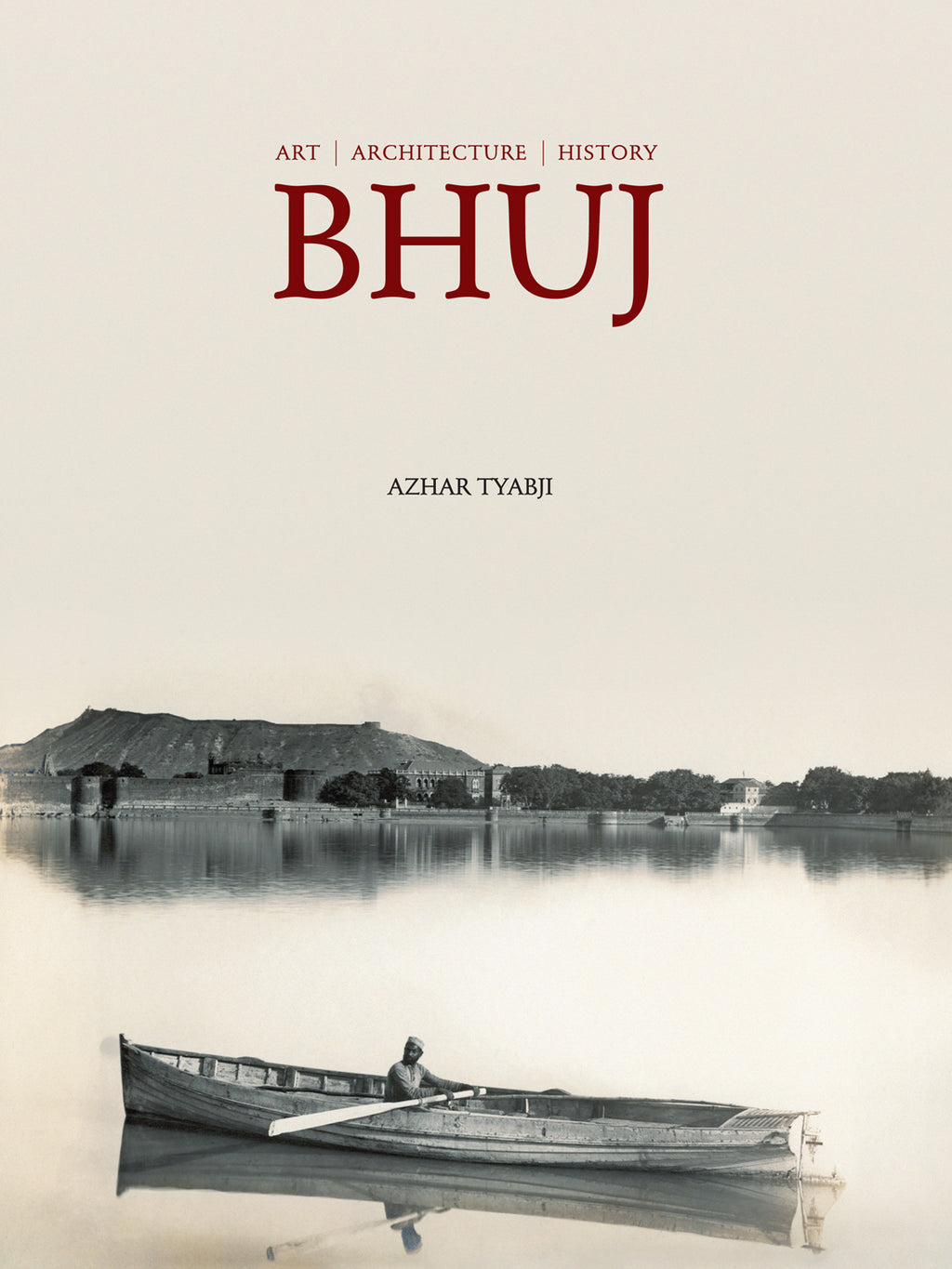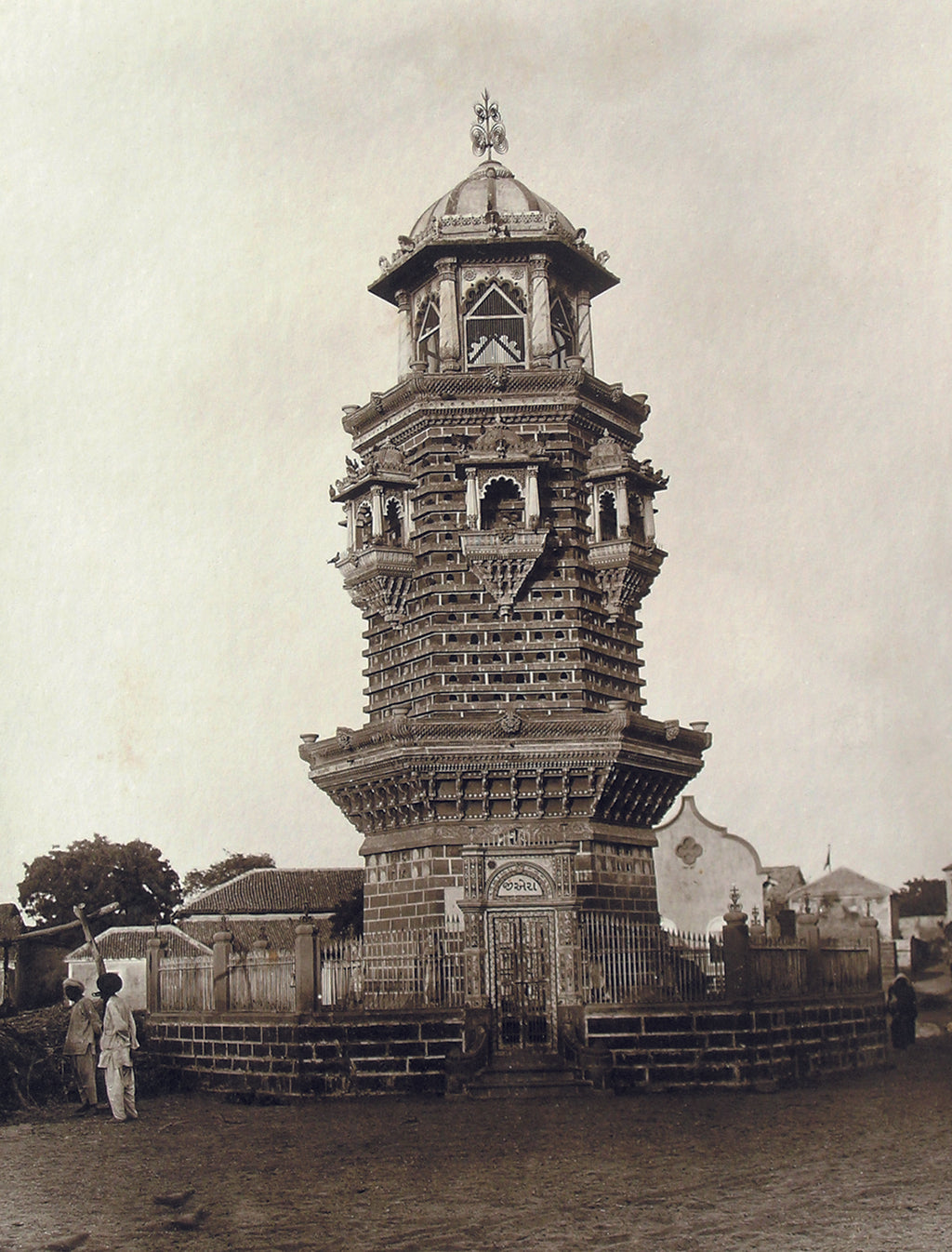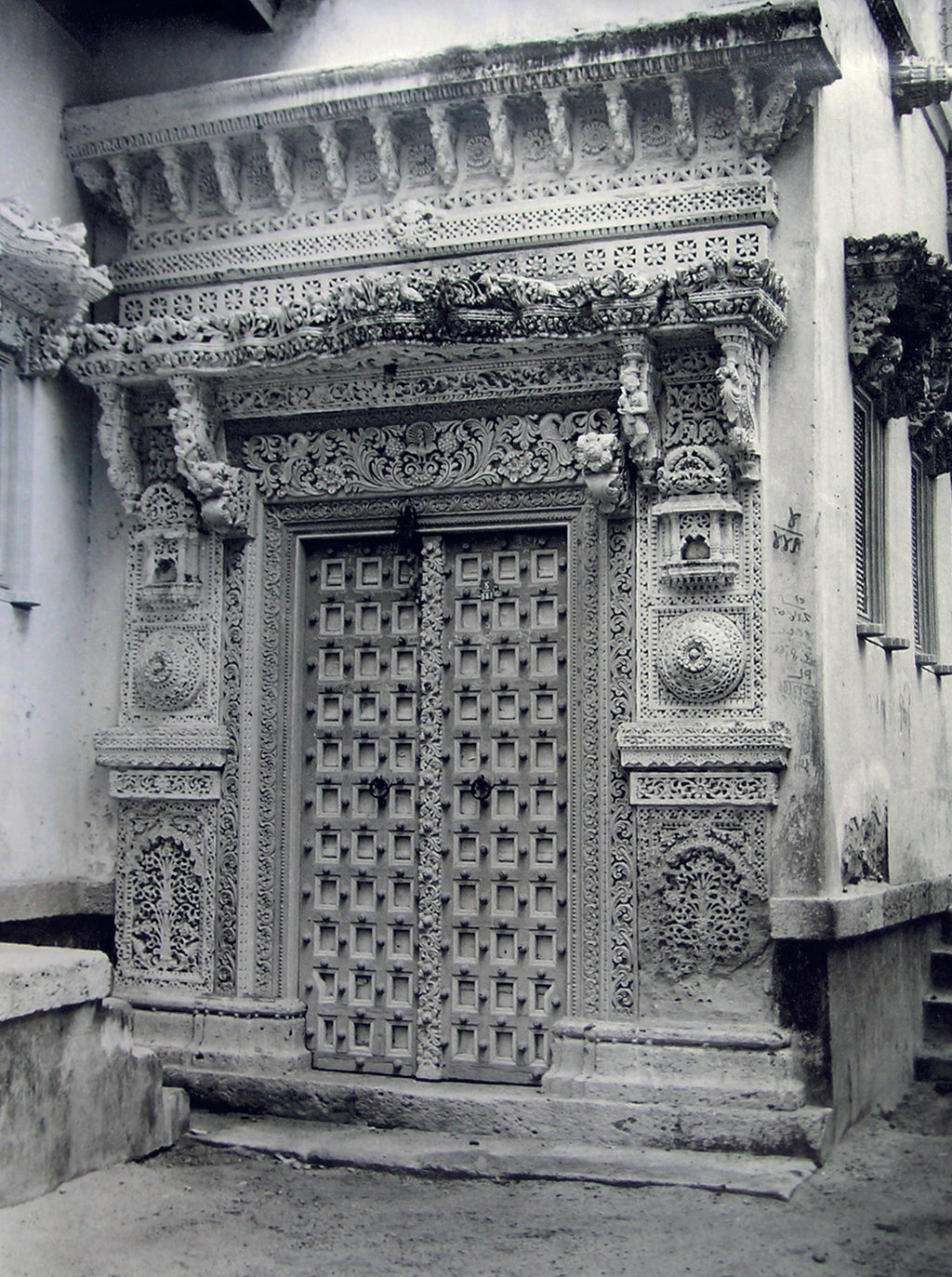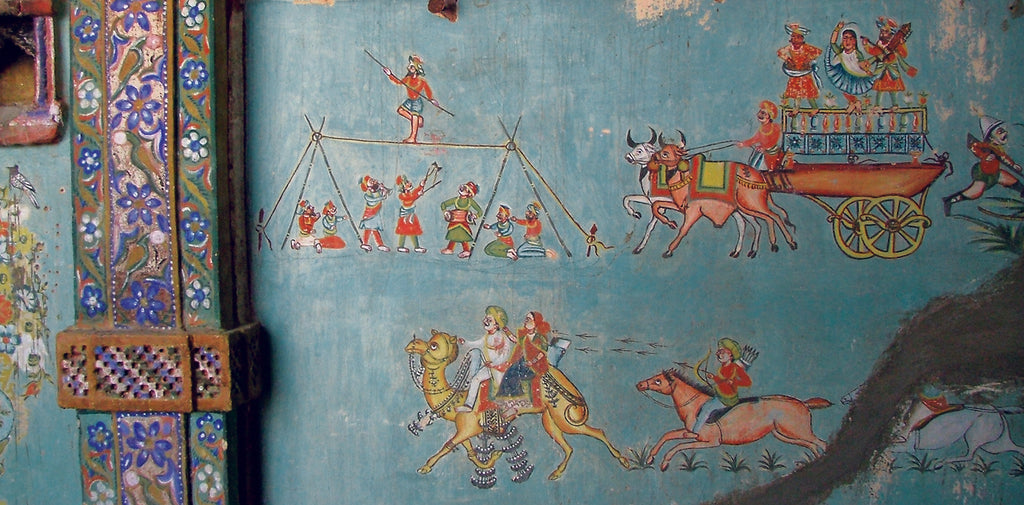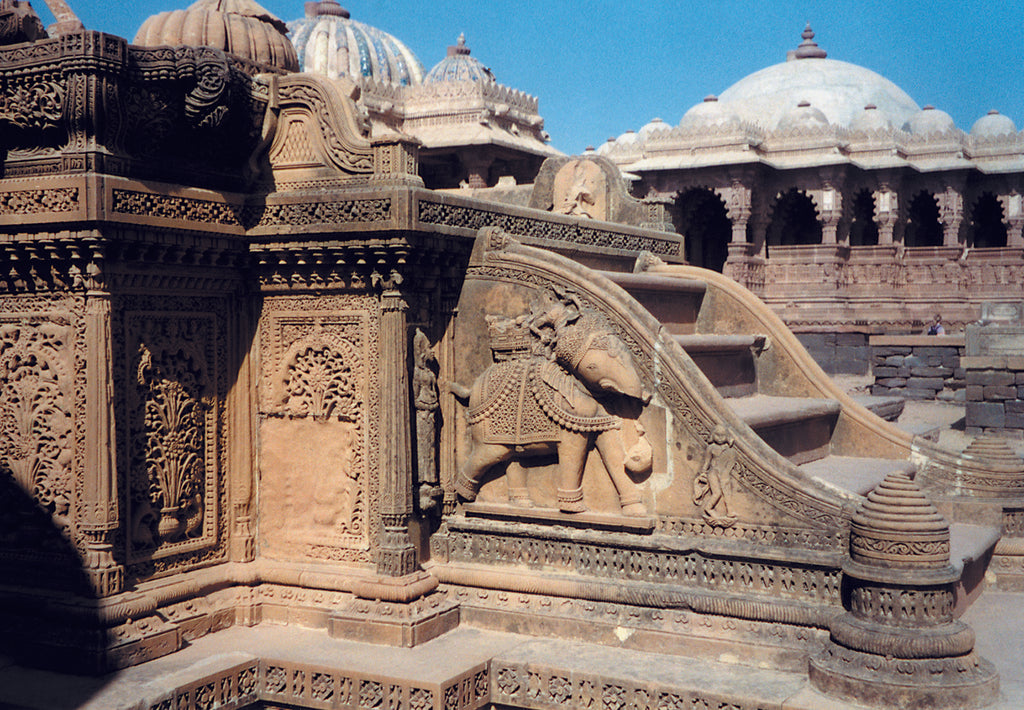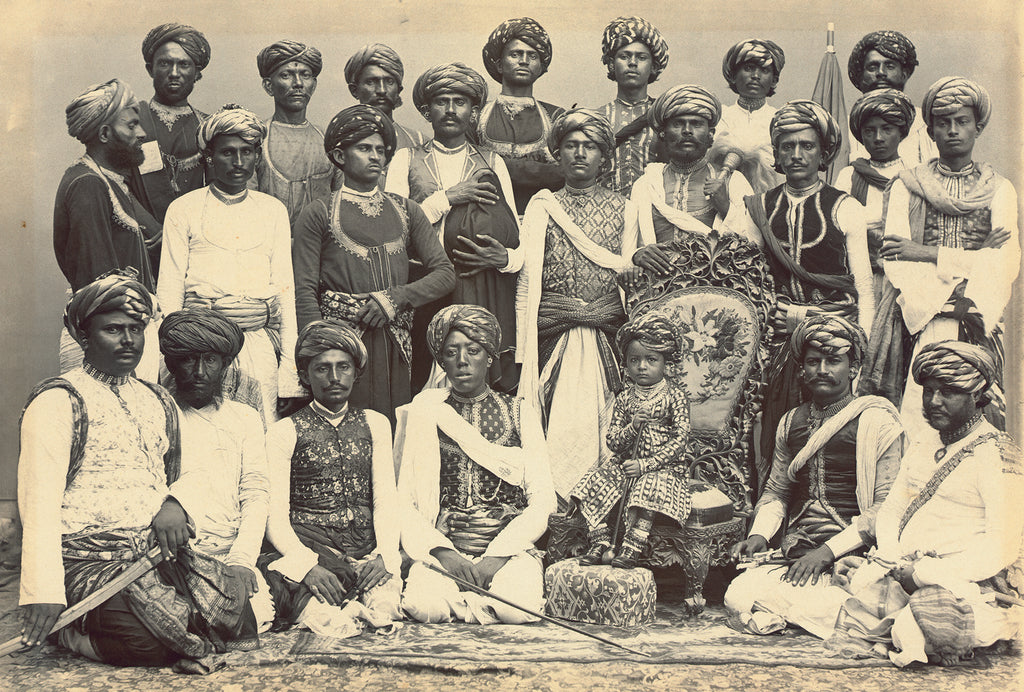Bhuj
Art, Architecture, HistoryWhen a horrifying earthquake in 2001 reduced large parts of the 16th-century city of Bhuj to rubble, residents shook their heads with disbelief, awed at the prospect of reconstruction
- Category: All Books, Architecture, MAPIN20
By breathing life into a colourful, broken city, almost a work of loving restoration, Tyabji makes his case convincingly for the virtues of ethnography. —The Indian Express
Illustrated with pictures and stories obtained from residents, museums, and local organizations in Bhuj, the book combines ethnography, a comment on the relationship between craft and city-building, and a thought-provoking critique of present-day development trends. Rare 19th- and 20th-century photographs complement the book’s narrative, which describes the fascinating economic role that the arts have played in city-building, and the prospects ahead to marshall them as instruments of future development. It is a book for citizens and visitors wanting an unconventional introduction to Bhuj, and a portfolio of evidence for city planners, policy-makers, and investors in the city – disaster or no disaster.
Azhar Tyabji read art history, history and community planning at university, and has since worked with organizations in India, Morocco and the United States on heritage conservation and urban development projects, most recently with the Environmental Planning Collaborative in Ahmedabad, India. This is his first book.
Environmental Planning Collaborative (EPC) is a not-for-profit (Section 25) company established in Ahmedabad in 1996. EPC works closely with governments and development agencies on urban and regional planning projects, planning legislation and development management, and advocates for meaningful and effective urban and regional policy.
Contributions by Umiyashankar Ajani, Prangiri Goswamy, Dilip Vaidya, Pramod Jethi, Haresh Dholakia, Rahemtullah Jamadar, Prabodh Mankad, Naresh Antani, K.S. Dilipsinh, Praveen Shah, Kiran Vaghela.
Photographs by A.A. Wazir, Kiran Mehta, Ramesh Soni, Carsten Hermann, Bad Schwartau, Kanjibhai Pomal, Vaijubhai Pomal, Vinod Gujjar, Jamiatbhai Vora, Maria Durana, Gauri Wagenaar, Paresh Kapta, Brinda Nanavati, Narottambhai Khetani Salaat, Fort Collins, Pradeep Zaveri, Ralph Smit, Karen van de Stadt, Naranbhai Visa Ahir, Hope Dinsmore, Anuj Malhotra, Azhar Tyabji
• Introduction
• Politics, Patronage and the City
• A Collaborative Canvas
• Interpreting the Caméra Vérité
• In Celebration and Mourning
• The City Resculpted
• Modelling an Institution
• Epilogue
• Notes
• Appendix: A Word On Method
• Bibliography
• Glossary
• Abbreviations
• Illustration Credits
• Acknowledgements
• Note On Contributors
• Index
| ISBN | 9788188204533 |
| Pages | 304 |
| Number of photographs | 290 |
| Size | 7.5 x 10" (191 x 254 mm), sc |
| Date of Publishing | 2006 |
| Language(s) | English |
| Co-publisher(s) | Mapin and Environmental Planning Collaborative |
| Rights Available | World rights |





